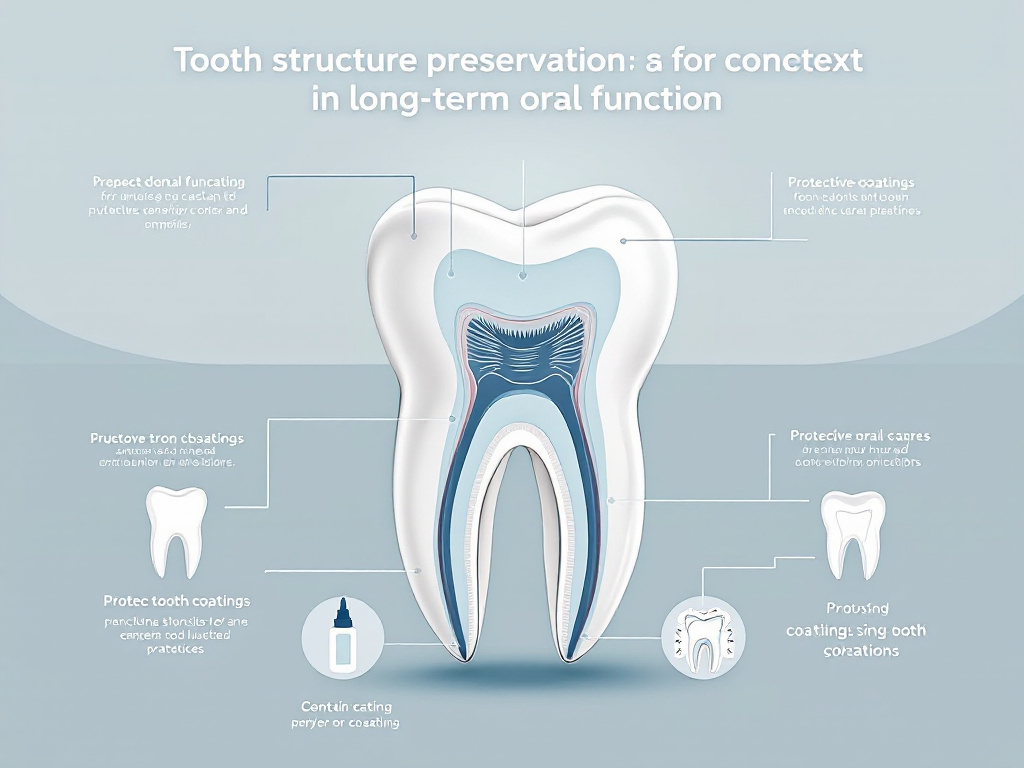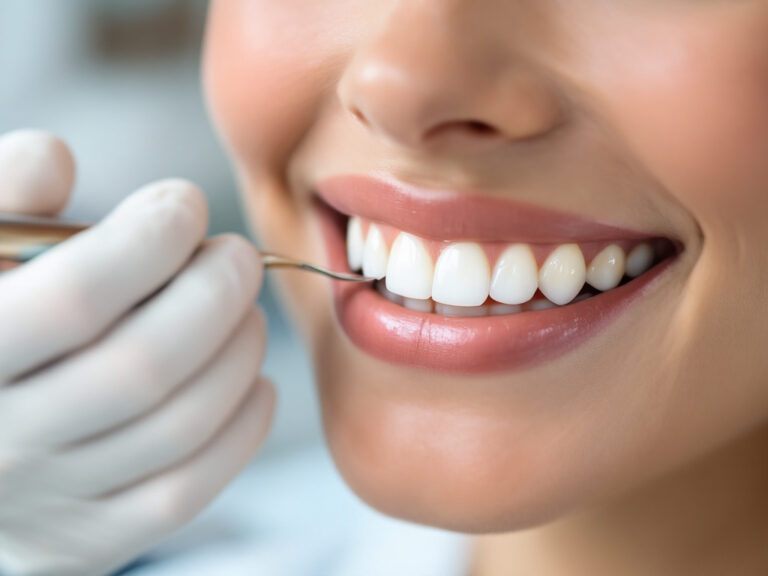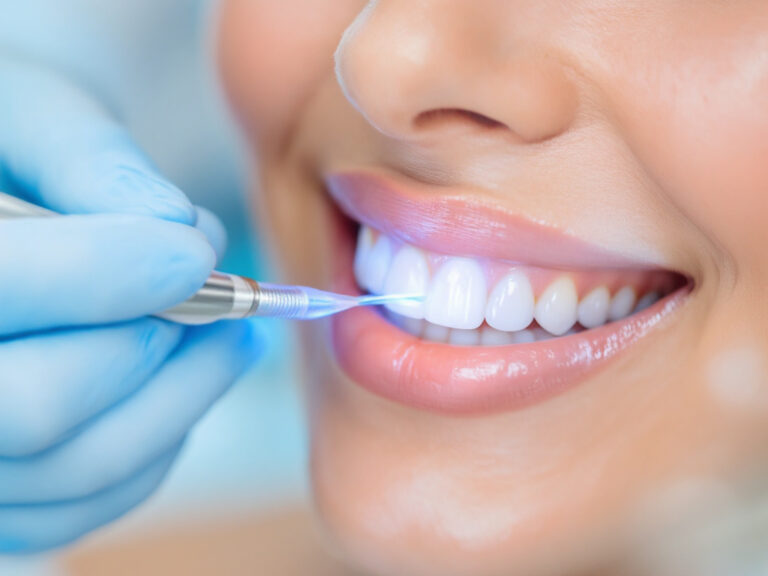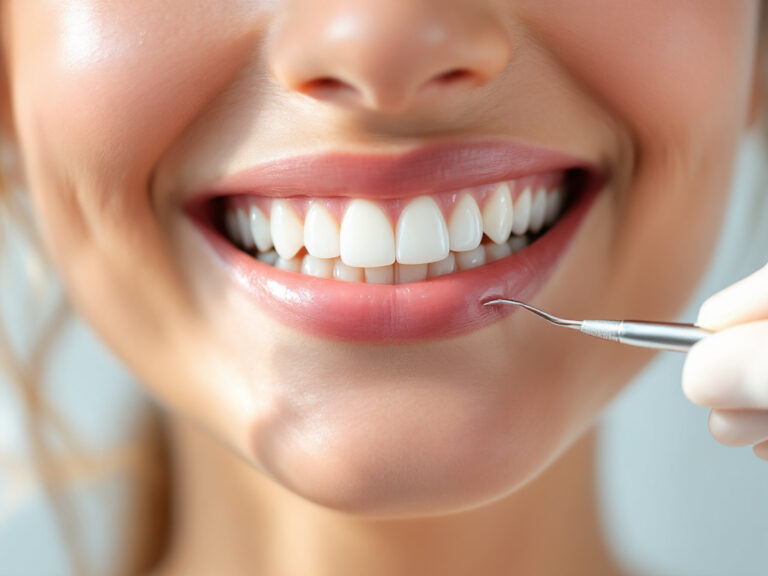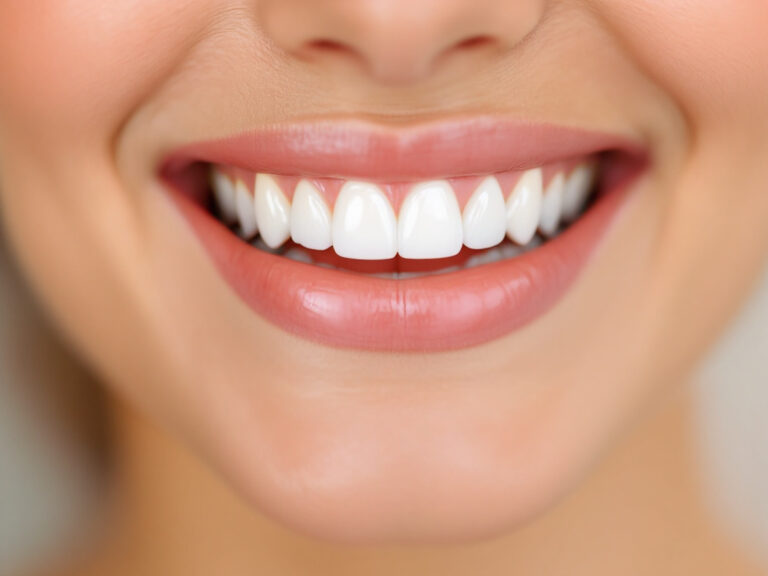You rely on your natural teeth every day for chewing, speaking, and smiling. That’s why tooth structure preservation should be a top priority in your restorative dental care. By focusing on minimally invasive treatments and high-quality restorations—like same-day crowns and full-mouth rehabilitation—you protect your enamel, dentin, and pulp from irreversible damage. This approach not only maintains your long-term oral function but also helps you avoid costly, extensive procedures down the road.
Understanding tooth structure
Preserving your tooth’s integrity begins with knowing what it’s made of. Each layer plays a unique role in function and resilience.
Layers of a tooth
- Enamel – the hard, glossy outer shell that shields against wear and acid
- Dentin – the yellowish layer beneath enamel, providing support and housing microscopic tubules
- Pulp chamber – the soft core containing nerves and blood vessels, essential for tooth vitality
- Cementum – the thin outer layer on the root, anchoring teeth in your jawbone
Maintaining these components ensures your teeth remain strong and responsive to daily stress [1].
Importance of natural enamel
Enamel and cementum cannot regenerate once lost, and dentin’s healing ability is limited. Damage to these hard tissues often leads to more invasive treatments. By prioritizing enamel preservation, you reduce the risk of tooth sensitivity, decay progression, and potential pulp involvement [2].
Exploring preservation benefits
When you preserve your natural tooth structure, you gain advantages that extend beyond a healthier smile.
Structural integrity and function
Natural teeth handle biting forces more effectively than restorations. By minimizing removal of your original tooth, you maintain optimal chewing efficiency and reduce the risk of fractures under heavy load.
Bone health and jaw stability
Each tooth root stimulates the surrounding alveolar bone. When you avoid premature extractions, you preserve bone density and prevent the bone loss that can lead to shifting teeth or changes in facial appearance [2].
Aesthetic and cosmetic advantages
Natural enamel offers a luster and translucency unmatched by artificial materials. Preserving your enamel helps maintain a youthful, vibrant smile without relying solely on veneers or crowns for aesthetics.
Using minimally invasive methods
Modern dentistry emphasizes techniques that conserve as much of your tooth as possible. Here are key methods you can discuss with your dentist.
Preventive sealants and coatings
Dental sealants and fluoride varnishes create a protective barrier over grooves and enamel, reducing acid attack and decay risk. These treatments are simple, painless, and can be applied during routine checkups.
Resin bonding techniques
Dental bonding uses tooth-colored composite to repair minor chips, cracks, or cavities. By reinforcing your existing tooth structure, bonding prevents the need for crowns or root canals in many cases [3]. If old amalgam fillings are failing, you can also have them replaced with composite restorations to enhance both strength and appearance.
Inlays, onlays, and fillings
- Composite fillings restore decayed areas while preserving healthy enamel and dentin [4].
- Porcelain inlays and onlays cover larger defects, offering greater durability with minimal tooth reduction [5].
- These options often avoid full-coverage crowns, keeping more of your natural tooth intact.
Selecting restorative solutions
When preservation isn’t enough, carefully chosen restorations can restore function and aesthetics without over-preparing your teeth.
Biomimetic dentistry approach
Biomimetic dentistry mimics natural tooth properties by using advanced adhesives and composite materials. This minimally invasive philosophy preserves tooth strength and flexibility, reducing the likelihood of future cracks or decay beneath restorations [6].
Traditional restorative methods
- Crowns – modern CAD/CAM same-day crowns let you leave with a strong, custom cap in a single visit [7]
- Root canals – gentle root canal treatment removes infected pulp while preserving your tooth’s outer shell [8]
- Emergency repair – cracked tooth repair service and emergency dental crown replacement ensure you don’t face extended downtime or pain [9]
Bridges, implants, dentures
When you lose a tooth, options include:
- Dental bridges – anchored to adjacent teeth for a fixed solution [10]
- Implants – titanium posts fused to bone for a lifelike restoration [11]
- Dentures – custom denture fitting and partial denture replacement restore multiple teeth with comfort and stability [12]
For comprehensive care, consider a full mouth restoration program that combines bite correction, implant placement, and prosthetic design [13].
Recognizing extraction indicators
While preservation is ideal, extractions become necessary under certain conditions. Identifying these indicators helps you make informed decisions.
Severe decay and infection
When decay extends into the pulp or surrounding bone, root canal therapy may fail to resolve pain or infection. In such cases, extracting the tooth can protect your overall oral health [14].
Advanced periodontal concerns
If periodontal disease has compromised your tooth’s supporting bone beyond a salvageable point, extractions combined with regenerative procedures may be recommended to halt disease progression and prepare for future implants or bridges [14].
Impacted and damaged teeth
Wisdom teeth that are impacted, fractured roots, or irreparably damaged teeth often require removal to prevent pain, infection, and damage to neighboring teeth.
Maintaining tooth longevity
Once you’ve invested in preservation or restoration, ongoing care ensures lasting benefits.
Daily oral hygiene routines
- Brush twice daily with a soft-bristled toothbrush and fluoride toothpaste
- Floss or use interdental cleaners to remove plaque between teeth
- Rinse with an antibacterial mouthwash to reduce bacterial buildup
Regular dental visits
Schedule professional cleanings and exams at least twice a year. Your dentist can monitor restorations—like porcelain crown restoration or composite repairs—and address early signs of wear or decay. If cost is a concern, explore affordable restorative dentistry or insurance covered dental restoration options.
Dietary and lifestyle tips
- Limit sugary and acidic foods and beverages
- Drink plenty of water to help neutralize acids
- Avoid tobacco products that increase decay and gum disease risk
By combining preventive care, minimally invasive techniques, and modern restorative solutions, you ensure your smile remains functional, healthy, and attractive for years to come. Investing in tooth structure preservation today can save you from more extensive procedures tomorrow, keeping you confident and pain-free.
References
- (Pinnacle Dentistry)
- (Ledgeview Dental Care)
- (Rivers Family Dentistry)
- (cavity repair and restoration)
- (porcelain inlay and onlay treatment)
- (Thomas Blake DDS)
- (dental crown placement)
- (root canal therapy services)
- (emergency dental crown replacement, cracked tooth repair service)
- (dental bridge replacement)
- (dental implant consultation)
- (custom denture fitting, partial denture replacement)
- (full mouth restoration program, bite correction dental treatment)
- (DiFranco Dental Specialists)

